Want to add a hotel stay or change your flights?
Just call our team of cruise specialists to help build your dream cruise holiday today!
Prices based on 2 people sharing. Cruise only price does not include flights. Fly-cruise price may vary by chosen UK airport.
(Prices correct as of today’s date, are updated daily, are subject to change and represent genuine availability at time of update).
This fly cruise holiday is financially protected by Worldchoice Travel Ltd (t/a The Cruise Club) under ATOL number T7495
Please click here to check the essential travel requirements before booking this cruise.
What's Included
- Flights
- FREE private overseas transfers
- FREE two-night 5* hotel stay at the QT Auckland (or similar)
- 15-night premium-luxury, more-inclusive cruise
Early booking bonus promotion is NOT combinable these exclusive prices
Itinerary
Fly from the UK over two nights to Auckland
Fly from the UK over two nights to Auckland
Flying
Two-night 5* hotel stay in Auckland
Day at leisure in Auckland
Auckland
Tauranga
Napier
Wellington
Picton
Christchurch
Dunedin
Dunedin
At Sea
At Sea
Hobart, Tasmania
Hobart, Tasmania
At Sea
Eden, New South Wales
Sydney, New South Wales
Sydney, New South Wales
Fly from Sydney overnight to the UK
Arrive in the UK
Whats Included with Azamara
Accommodation
Entertainment throughout the day and evening
Return flights included from a choice of UK airports (fly cruise bookings only)
Gratuities included on-board
24-hour room service
Complimentary in-room spirts (applicable on plus staterooms & suites)
Butler service in all suites
Self-service laundry
Shuttle service to and from ports and airport where available
Additional amenities for Suite guests
Invite to Azamara's White Night party and buffet
A complimentary AzAmazing Evening excursion (selected sailings)
Explore Azamara Onward








Aqualina
At Aqualina, you’ll find some of Italy’s most authentic dishes. Pastas made from scratch, traditional and authentic recipes, and scrumptious vegetarian dishes that make sure there’s something for everyone. Savor a traditional Spaghetti Bolognese, enjoy a classic Antipasti or a hearty Fisherman’s Soup or an Eggplant Parmesan to a Rigatoni Pomodoro with fresh veggies. You won’t be able to say no to our famous desserts: Sorrento lemon liqueur mousse, hazelnut chocolate soufflé and more. Our chefs love to be inspired, so after an on-shore visit to a local market, you can also expect a delectable dish so local, you’ll feel like you’re not onboard anymore.
Specialty dining is complimentary for suite guests. For others, there is a $30 per-person cover. Reservations are highly recommended.





Destination Immersion Experiences
Life isn’t a 9 to 5 experience. Azamara voyages aren’t either.
When you’re in the midst of some of the most dazzling cities, renowned UNESCO World Heritage sites, and “I can’t believe we’re here!” hidden gems on Earth, the last thing you want to do is rush back to the ship for a 4:00 p.m. departure (or 5:00 p.m., if you’re lucky).
Well, here at Azamara®, we not only take you to awe-inspiring destinations, we also give you more time to fall in love with them. We call them Destination Immersion® experiences, and we’ve evolved the concept so you can Explore Further than before, both onboard and on shore.
Our unparalleled destinations allow you to cruise global and immerse yourself in fascinating cultures all over the globe, all while enjoying authentic service on your boutique hotel at sea.








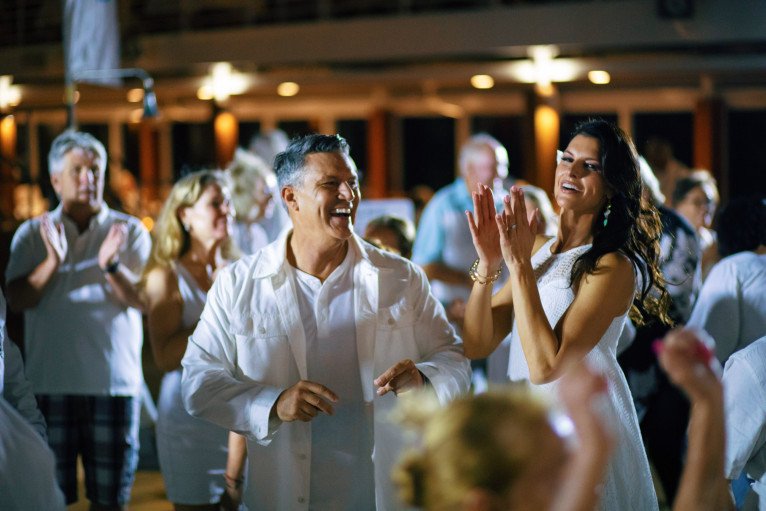










Cabaret Lounge
Enjoy live performances of professional full-stage musical revues, classical soloists, bands and other entertainment in a cabaret nightclub with a full bar and cozy tables. You could see as many as three distinctly different shows while onboard. And considering the cost of theater and entertainment tickets back home, isn’t that nice?





Fitness Centre
The secret to maintaining vitality? Exercise more. Many Azamara guests are eager to do just that, and we make it easy with complimentary group classes like sunset yoga on the deck, Pilates, cycling, core workouts, and nutrition classes.
Not the class type? Then head to our well-equipped Fitness Centre filled with lifecycles, treadmills, stair-steppers and weights and work out at your own pace as you enjoy spectacular ocean views.
Ramp up the benefits with specialized training (for additional cost):
- Customized personal training: Certified personal trainers will work with you to develop a customized workout plan and lead you through individualized instruction. Take written material back home and keep it up! Customized Pilates instruction is also available.
- Body Sculpt Boot Camp: Offered by the spa, this get-fit boot camp includes individual analysis with a personal trainer and four supervised group workouts.
Deck 11

- Shuffle Board
- Sun Deck
Deck 10

- The Living Room
- Elevators
- Jogging Track
- Atlas Bar
- Aqualina Specialty Dining
- Prime C Specialty Dining
Deck 9

- Club Spa Suites
- Pool
- The Patio
- Windows Cafe
- Sunset Veranda
- Toilets
- Elevators
- Pool Bar
- Fitness Center
- Beauty Salon
- The Sanctum Terrace
- The Sanctum
Deck 8

- Club Continent Suites
- Club Continent Suites
- Club Balcony Staterooms
- Club Balcony Plus Staterooms
- Club Interior Staterooms
- Elevators
Deck 7

- Club Balcony Staterooms
- Club World Owner's Suite
- Club Balcony Plus Stateroom
- Club Ocean Suite
- Club Oceanview Staterooms
- Club Interior Staterooms
- Elevators
- Self Service Laundry
Deck 6

- Elevators
- Club Balcony Staterooms
- Club Continent Suites
- Club Continent Accessible
- Club Oceanview Staterooms
- Club World Owner's Suite
- Club Balcony Plus Stateroom
- Club Ocean Suite
Deck 5

- Onward Shop
- Indulgences
- The Den
- Elevators
- Discoveries Bar
- Discoveries Restaurant
- Photo Shop
- Mosaic Cafe
- Cabaret Lounge
Deck 4

- Medical Facility
- Guest Relations
- Elevators
- Concierge
- Club Oceanview Staterooms
- Club Oceanview Accessible
- Club Interior Staterooms
- Club Interior Accessible
Azamara Onward Cabins & Suites


Club Interior Stateroom


Club Oceanview Stateroom



Club Veranda Plus Stateroom





Club World Owner's Suite
Meet Our Luxury Cruise Concierge
Our luxury cruise concierge have been on board a vast array of the finest ships at sea and are always happy to share their first-hand experiences to help curate your dream ultra-luxury voyage. From advising you on the best cruise lines and ships to helping you select from a variety of phenomenal destinations and itineraries, your dedicated concierge is on hand to ensure booking your next cruise is as seamless, smooth and tailored to you as possible.




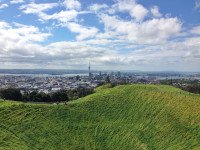

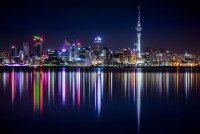
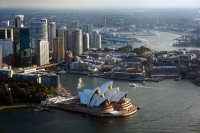



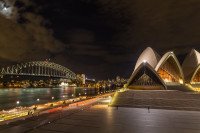
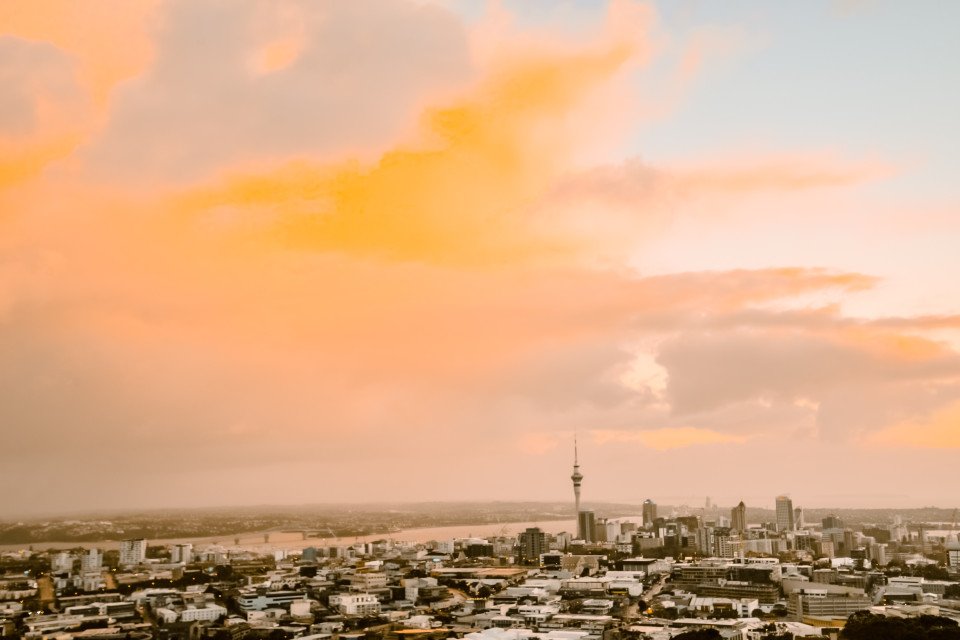
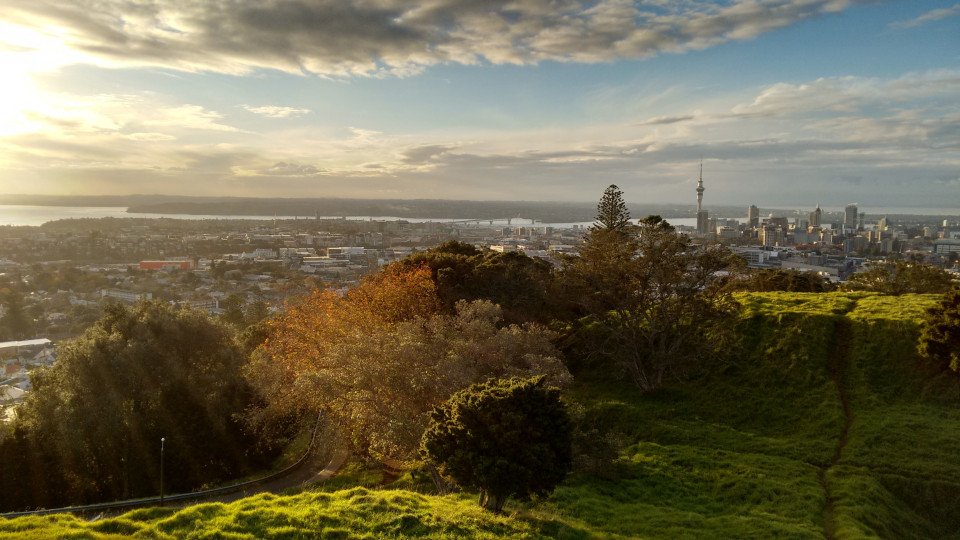

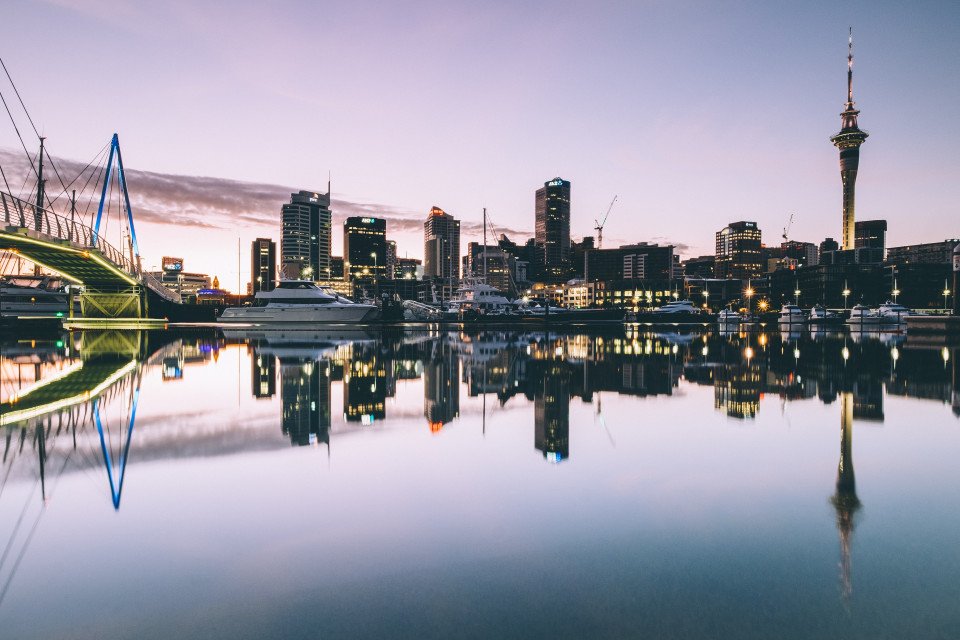





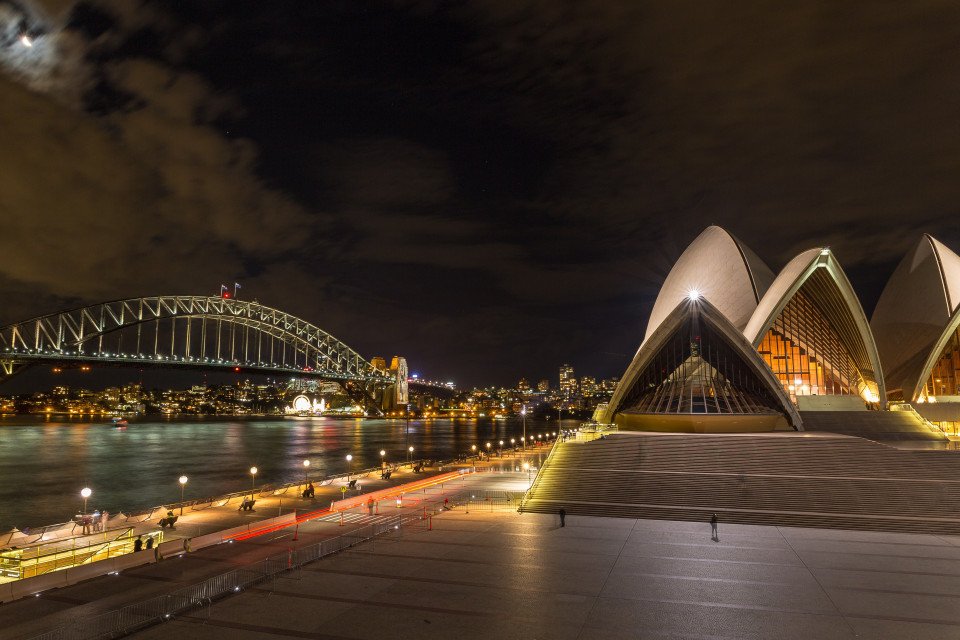




-custom_banner-banner_half.jpg)
_-_Railway_Station-custom_banner-banner_half.jpg)

















-large_thumb.jpg)





-large_thumb.jpg)